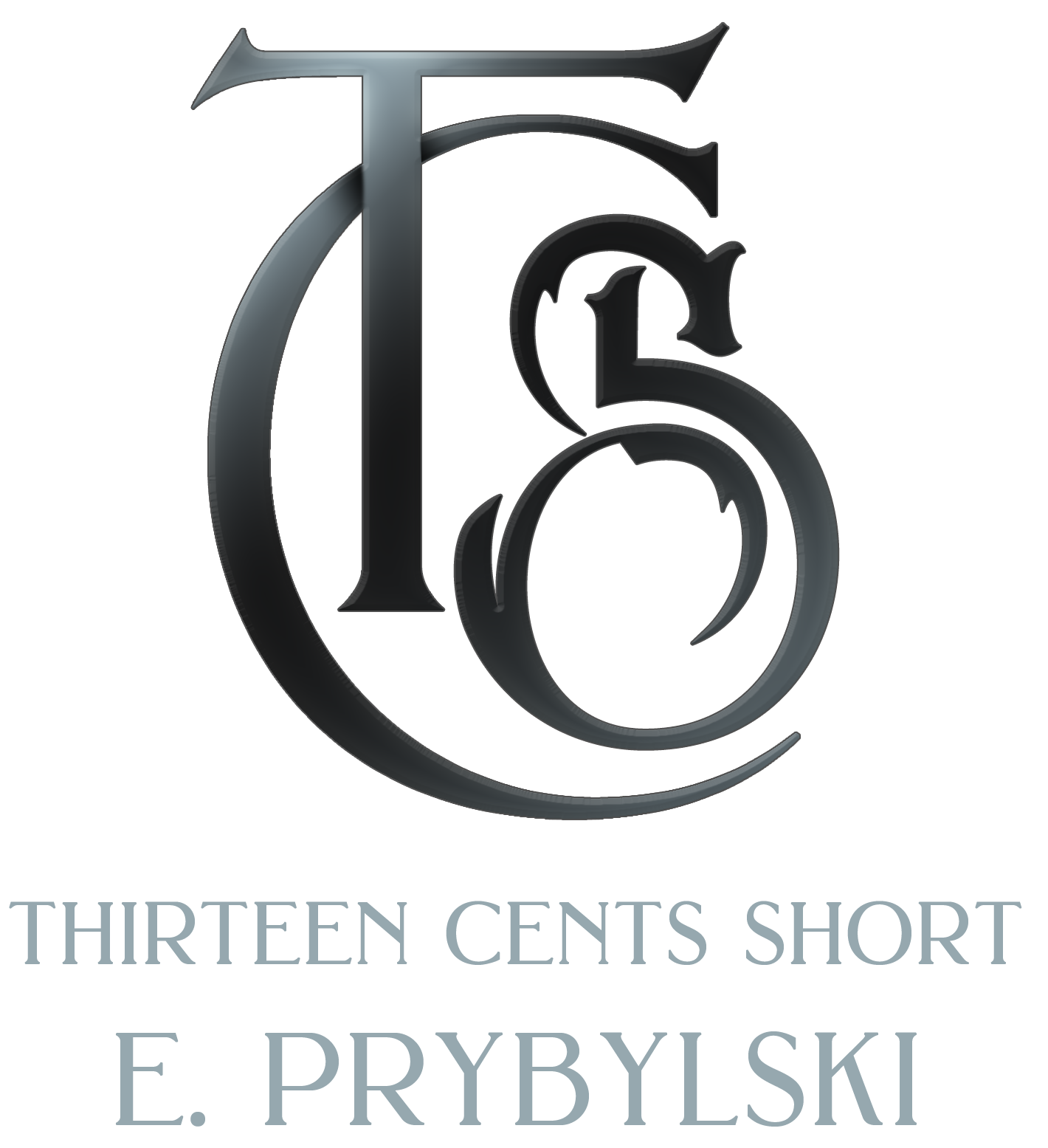Writers are typically categorized into two camps: plotting and pantsing. And never the twain shall meet. These two categories have been around as long as I’ve been in the industry (over fifteen years now), and they’re talked about in countless books about writing and publishing as the two primary methods used to craft a book.
I think it’s a lie.
The way these two methods are portrayed implies that there’s some kind of ideological purity between them. That in order to be a “plotter” one must meticulously plan their book out within an inch of its life and have the whole thing written out before they start writing. In order to be a “pantser” one may do no planning and just have to “go with the flow.” Neither of those extremes is accurate to the experience, and I think most writers fall somewhere in the gray area.
The gradient between planning and creative flow is just that: a gradient. It’s a spectrum that looks more like a slider bar than an “either or” button. Like so many things in life, however, people feel more comfortable when there are set categories with known expectations. Reality is messier than thought exercises, however, and most writers do a bit of both. I don’t know any successful pantser writer who doesn’t at the very least have an idea of how their story might end (even if it changes while they write). I don’t know any successful plotting writers who don’t have monkey wrenches thrown into their plans as the words come out of them.
I will never argue that there are varying degrees of wanting your story planned out in advance. Some people thrive by making meticulous outlines and making sure they write every chapter and beat exactly as they planned it in their head. I don’t know how they do it, but they definitely are real people. They do, however, regularly end up writing things they didn’t expect to have happen and having to adjust things down the road. That’s common with all plotting types. Some people thrive by just kind of pouring themselves onto paper and seeing where it goes. It’s a perfectly fine thing. But all these people share the simple trait of being a creative. Creatives, for the most part, bloom in the space between order and chaos because creativity is a messy process, but keeping it constrained to certain rules and parameters means we have a scope to work in.
Not to mention the business aspects of needing to write within one’s genre and to one’s audience.
I think dividing these two attributes up into an “either or” idea robs people of the idea that there is so much middle ground. The people who come to me as “pantsers” for coaching always benefit from a little more structure for their work than they initially wanted to give it. The “plotters” always benefit from me telling them to stop overthinking every little detail of their worldbuilding and just write already. The balance is the place where they learn to come out of their shells and find their own way.
Humans are rarely either/or creatures. We live in a world of gradients and sliders rather than check boxes. It’s tempting to say otherwise, but it just isn’t true. There are very few situations that are always one specific way and never more than that. The tribal nature of human thinking (we really want to group together based on similarities, real or perceived) makes the idea that you are either/or something to be very, very tempting. And for certain things it has use. One is a member of a certain political party, typically. We are Mac or PC. We root for the Patriots (I’m a New Englander) or for the Rams. (I think that’s a football team, right?)
The notion that one is either a plotter OR a pantser is, to me, inaccurate and frustrating because it implies the lack of space to be both. I am very much both. I need the structure of even a loose outline (which is why I love the Beat Sheet) but also need the space to have things go very differently than the outline went in my head if that’s what’s needed. Let me tell you, the original outline for Always Winter, the book I’m working on now, was very different than what it’s become. The shape of the story is still there, as are some of the elements, but a lot of it has changed based on certain ideas, realizations, and plot choices I’ve made while writing it. And that’s okay.
I’m not a plotter or a pantser. I’m just E. I’m just a writer. I’m a creative. And I dislike labels.
(Of course, being a non-binary pansexual means I dislike making choices in general or having to be a singular thing at any time, so maybe I’m not the best judge. Never ask me where to go for dinner. I blue screen, and my brain makes Windows shutdown noises.)
